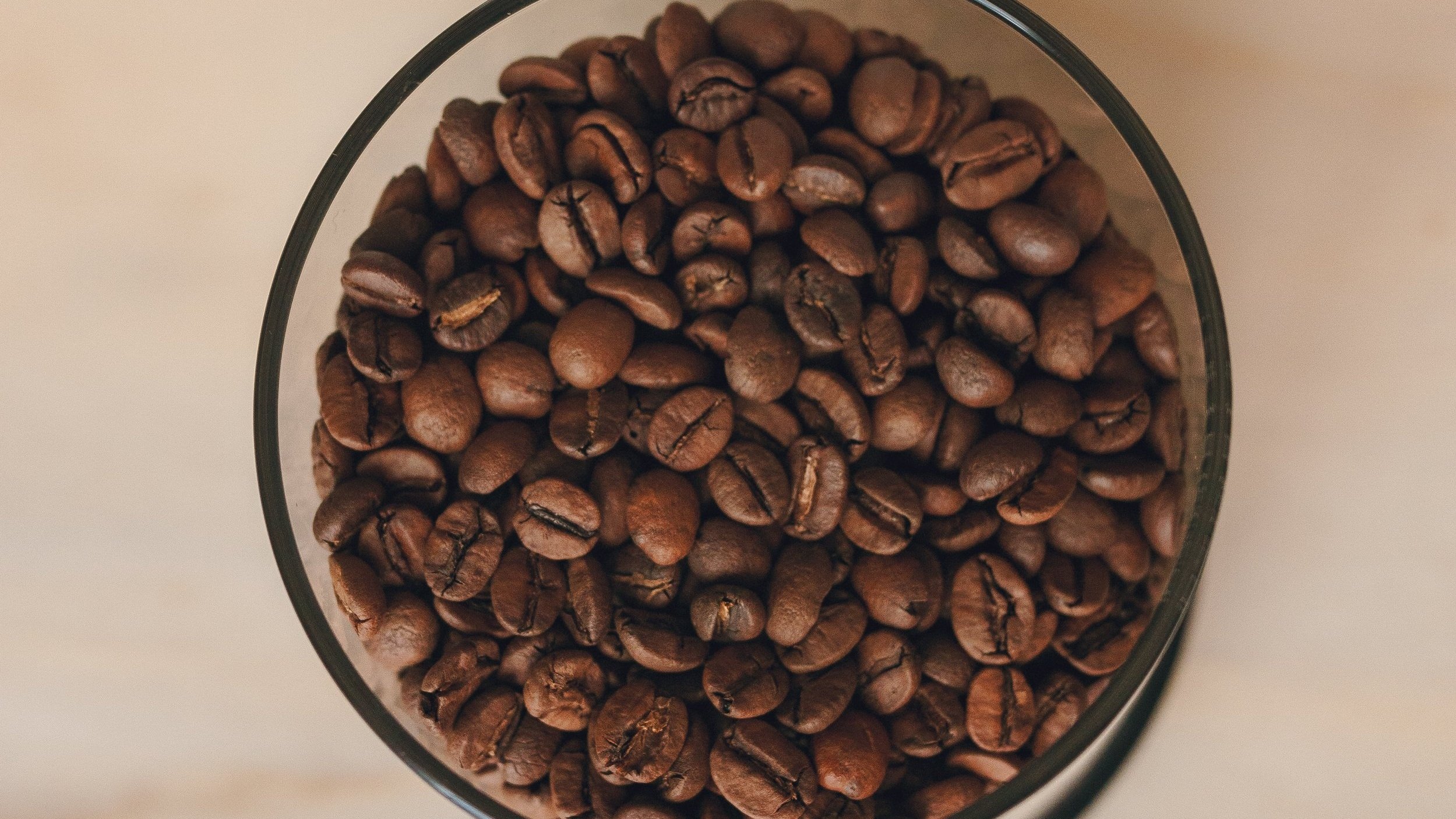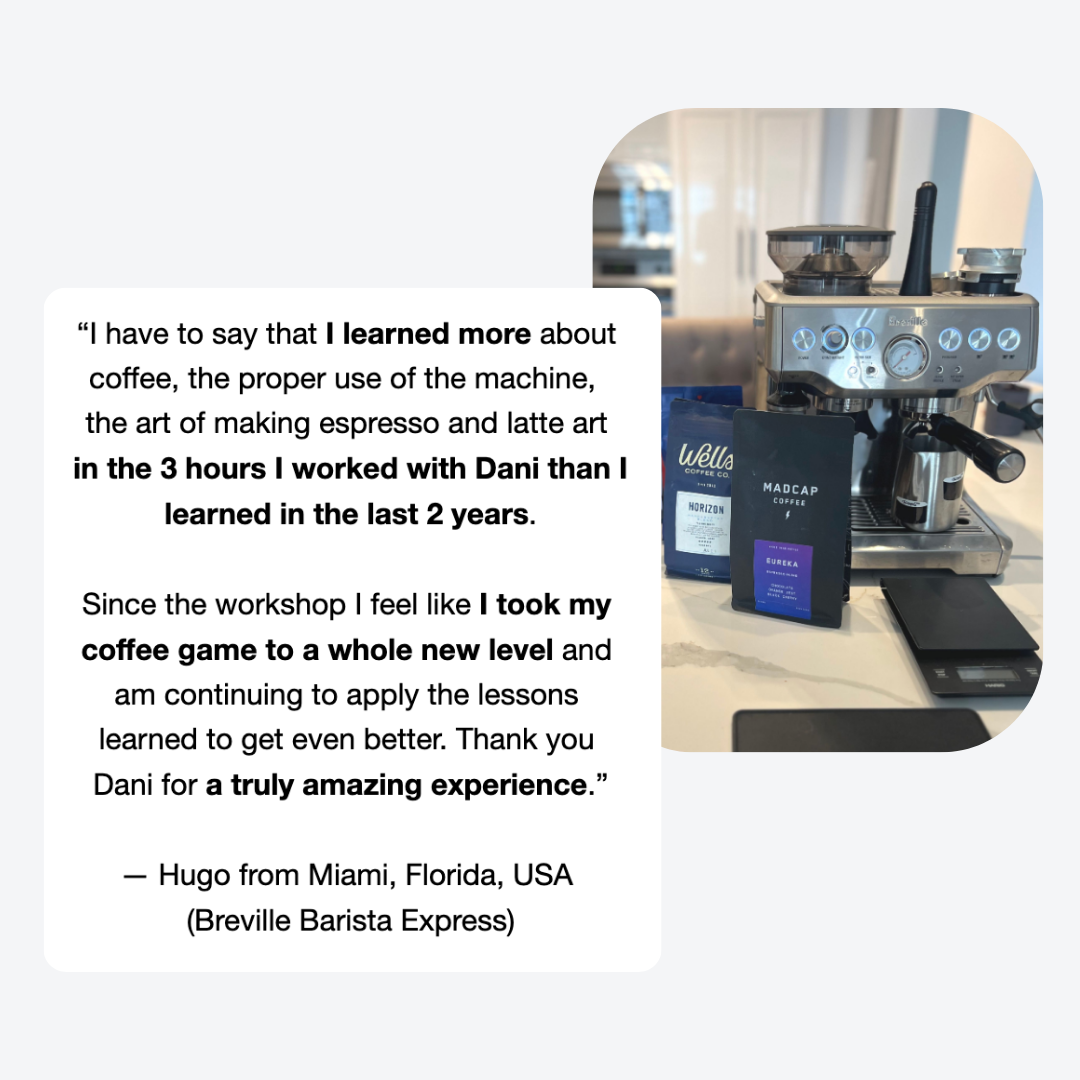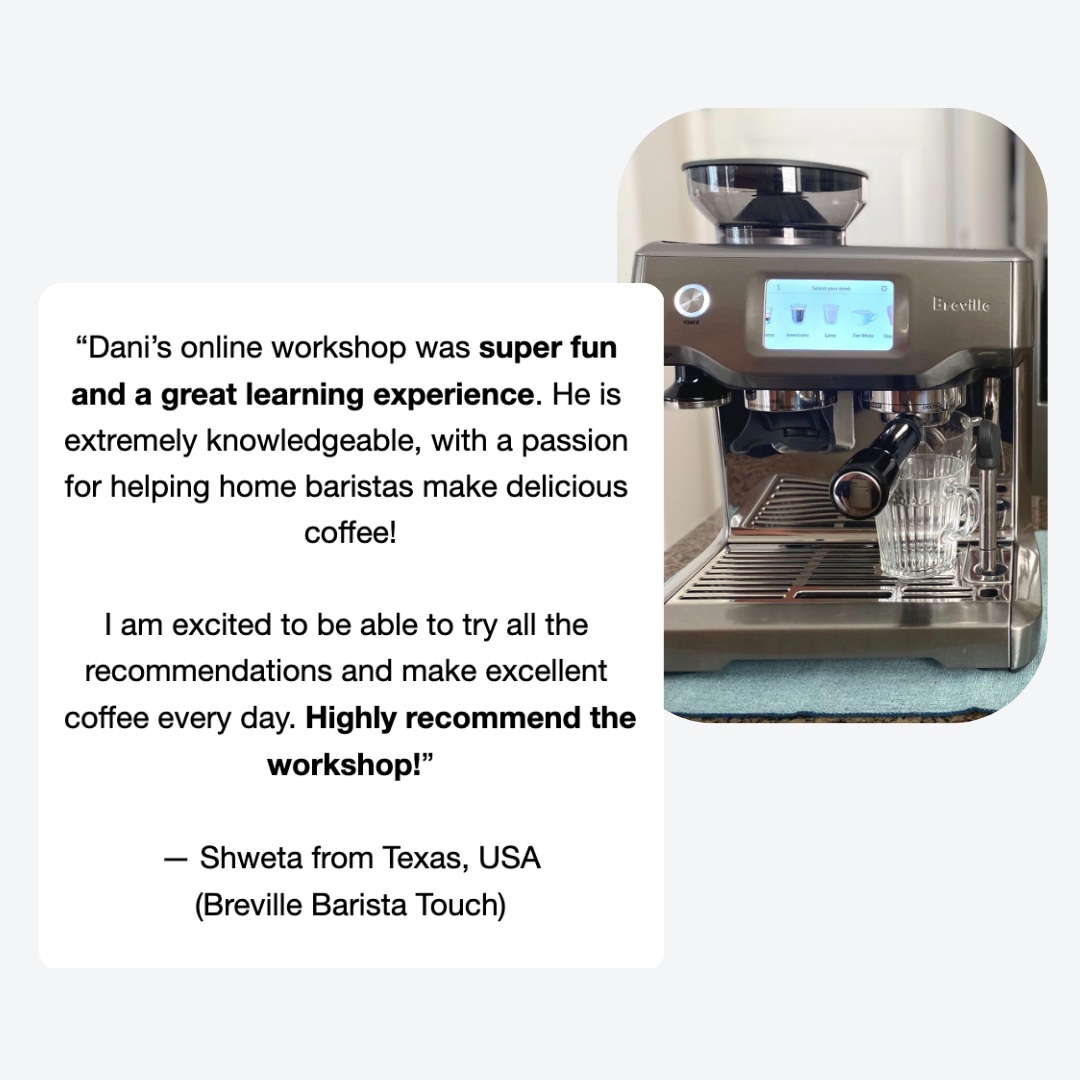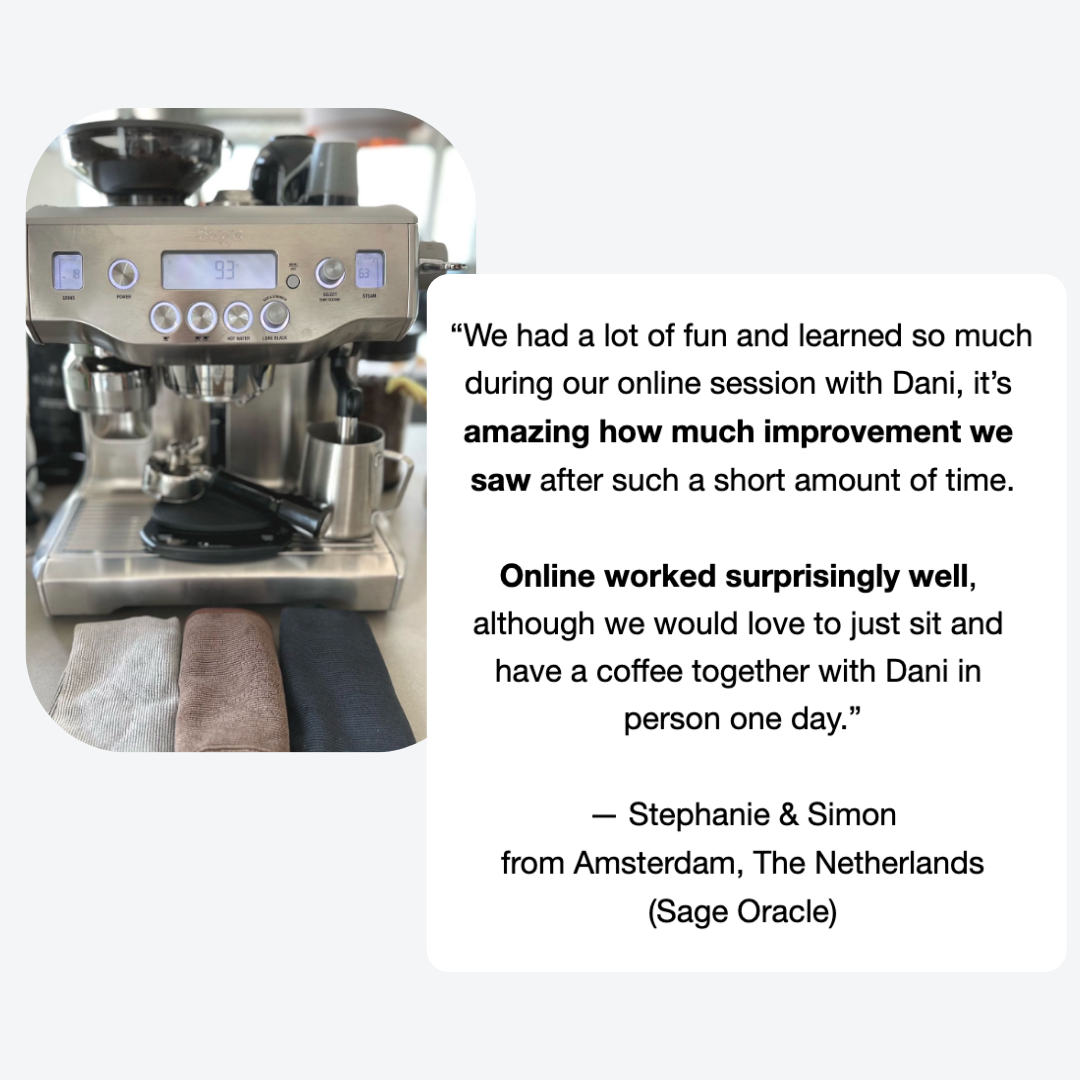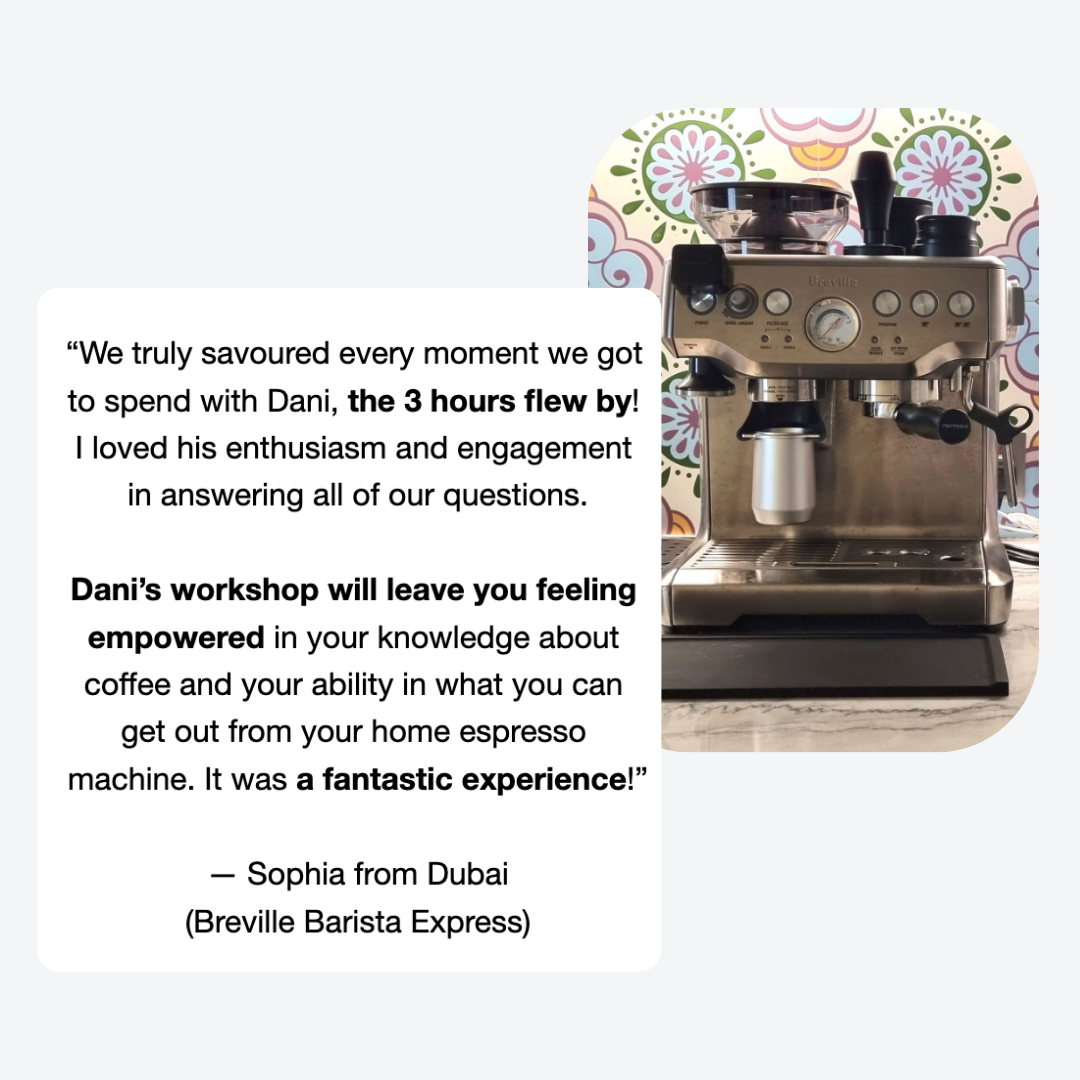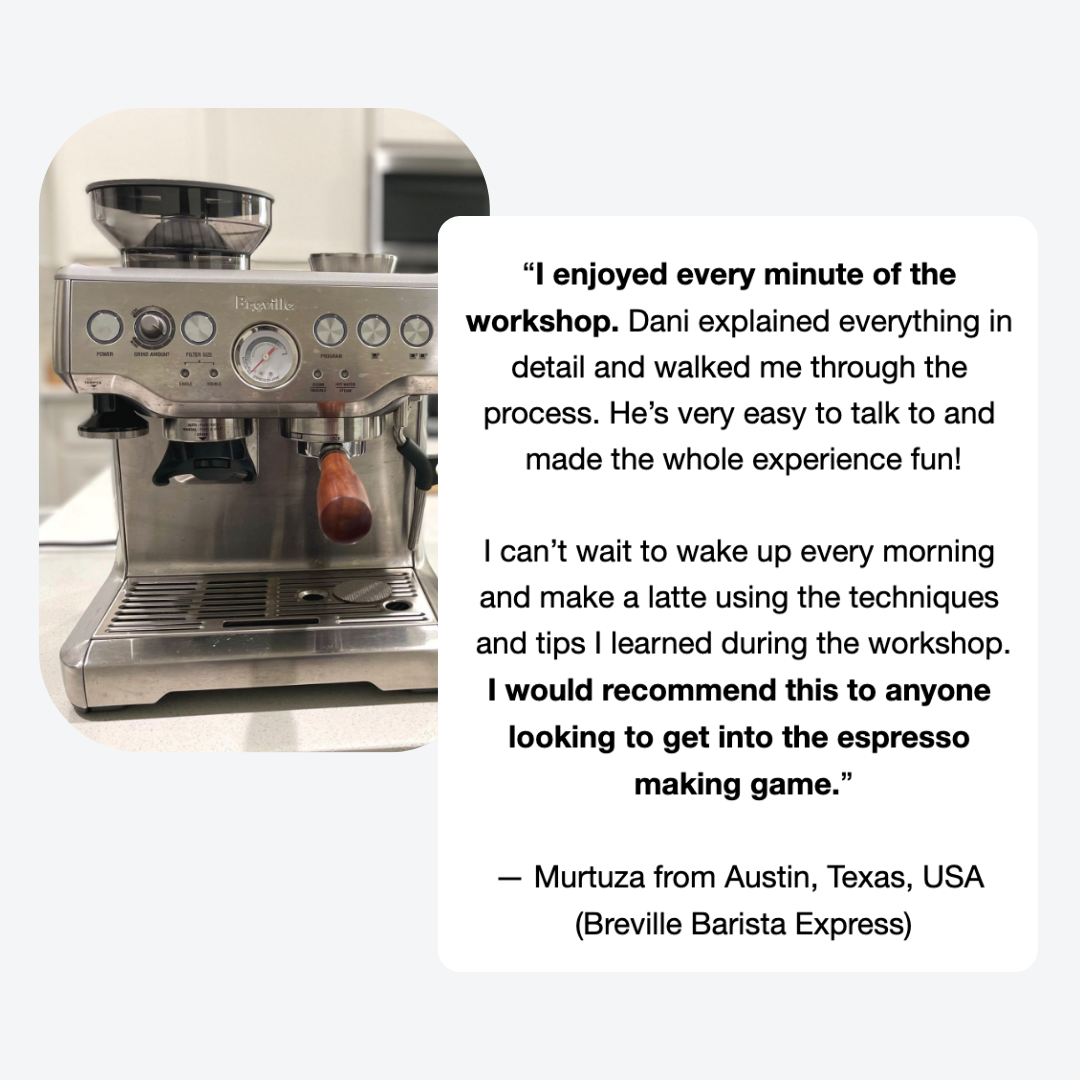7 tips for how to keep coffee beans fresh
Make your coffee last longer
Finding the right coffee beans is a very important part in the journey of a home barista. Understanding freshness and knowing how to properly keep coffee beans fresh for as long as possible is equally important.
Many home baristas and coffee enthusiasts are understandably excited to open up their favorite bag of freshly roasted coffee beans! But, after a few days they find themselves disappointed with their coffee simply because they neglected to keep the coffee beans fresh.
With this blogpost we want to help you get a better understanding on the topic and shed a bit more light on things like:
the main factors that affect coffee freshness
the most frequent dos and don’ts
why coffee freshness matters
1. How much coffee should you buy at once?
Your coffees are guaranteed to taste better if, when you buy new coffee beans, you get them in smaller quantities and more often.
If you buy coffee beans in larger quantities
It may sometimes be more economical, at least in the short term. However, in the long run, you’ll likely be left with a large batch of coffee beans past its peak of freshness by the time you get around to using it all.
When you take weeks or even months to go through a large bag of coffee beans, by the time you finish it, you’ll notice the coffee tastes very differently than when you first opened it (not in a pleasant way).
If you want your coffees to have rich aroma and flavour for longer
When you live far away from your favorite shop or roaster, or when you’re anyway going through a larger amount of coffee beans weekly: avoid getting a 1/2 kilo or 1 kilo bag, instead buy in smaller batches i.e. 2 x 250 grams or 4 x 250 grams.
Personally, once I open a bag of freshly roasted coffee beans, I always make sure to finish it in a maximum of 2 weeks. This way I’ll get to enjoy the best flavors out of it.
Always look for a “Roasted on” date on the bag. Unless you’re willing to take a gamble, stay away from coffee beans with a “Best before” or “Use by” date, since these are not indicators of freshness.
Is there such a thing as coffee that is too fresh?
Yes! It’s actually not recommended to use coffee beans straight off roast. In fact, you want to make sure they’ve had sufficient time to rest and degass. Otherwise, the espresso shots will pull very inconsistently, and taste harsh and muddled. Try to wait at least a week from roast date before you start using them.
2. Packaging
When I look for a new bag of beans, I prefer coffee that comes in bags with built-in resealable zippers.
Tip: Every time you open one, make sure to squeeze out as much air as possible before resealing it. This is a helpful practice in case you don’t have a dedicated storage container.
Cool fact: You may have noticed that most coffee bags come with a gas-release valve on them. Once the coffee is roasted, carbon dioxide is being released from inside the beans. This valve is a one-way one, so while it lets the gas out, it won’t let any air get inside the bag.
3. Storage conditions
The biggest enemies of coffee beans are air, heat, light and moisture
Each of these can contribute to turning your coffee beans from fresh to stale, if the storage conditions are not properly cared for.
Tip: You can always have a small quantity of coffee beans readily available. Whatever is not for immediate use, consider storing them away in a dry and cool place.
Should you keep the coffee beans in the grinder hopper?
I wouldn’t recommend it. Most hoppers are made of clear plastic, which means the beans are exposed to direct light. Also, their lids aren’t always airtight, so the coffee beans are prone to oxidizing during the time they’re sitting in there.
Tip: Fill the hopper with enough beans for 1 - 2 days. Or, even better, consider single dosing and pre-weighing the coffee beans for each shot individually. It’s a bit more time consuming, but if you can incorporate that in your daily routine, it will be worth it.
4. Air
Oxygen is one of the most important factors to keep in mind when it comes to keeping your coffee beans fresh
Once coffee is in contact with air, coffee flavor and aroma start to degrade, as solubles (oils and acids) start to oxidize.
Tip: If you prefer a better and more convenient storage solution for your coffee beans, I strongly suggest using an airtight container. The mechanism pushes the oxygen out, and by doing so it slows the rate of oxidation, which means the beans will stay fresh for longer. This extends the life of your coffee beans, in case it takes more than 1 - 2 weeks to make your way through each bag.
I’ve been using this one from Barista Essentials, our partner for home barista accessories in Europe. Happy to share that the code DANI10 will grant you 10% off on your first order.
Here’s one of our recent Instagram posts, with the airtight container in action!
5. Heat
Many of us have their espresso setup placed in or around the kitchen space, and so:
make sure you don’t keep coffee bags or storage containers close to an appliance that may generate heat while in use
avoid storing any coffee beans directly exposed to sunlight
Both heat and sunlight speed up the oxidation process and cause coffee to lose its flavor more rapidly.
6. Moisture
Coffee beans are hygroscopic, which means they can absorb moisture from the environment they’re in. Once they’ve done so, the moisture will begin to dissolve the molecules contained by the coffee beans. Even more so, moisture can create an ideal environment for mold to develop on the beans. Needless to say, neither of these two situations is desirable.
7. How can you tell if your coffee beans are too old to use?
When you’re making espresso at home with coffee beans that are past their freshness peak, this is what you’ll likely notice:
thinner looking extraction
watery espresso
less crema than usual
flat or bland taste
unpleasant paper-like undertone
When you’re consistently experiencing any of the signs above, it’s time to get a new bag of freshly roasted coffee beans!
I hope you find these tips helpful and, if you’d like to dive deeper, you may consider our espresso and latte art home barista workshops. Happy brewing!

